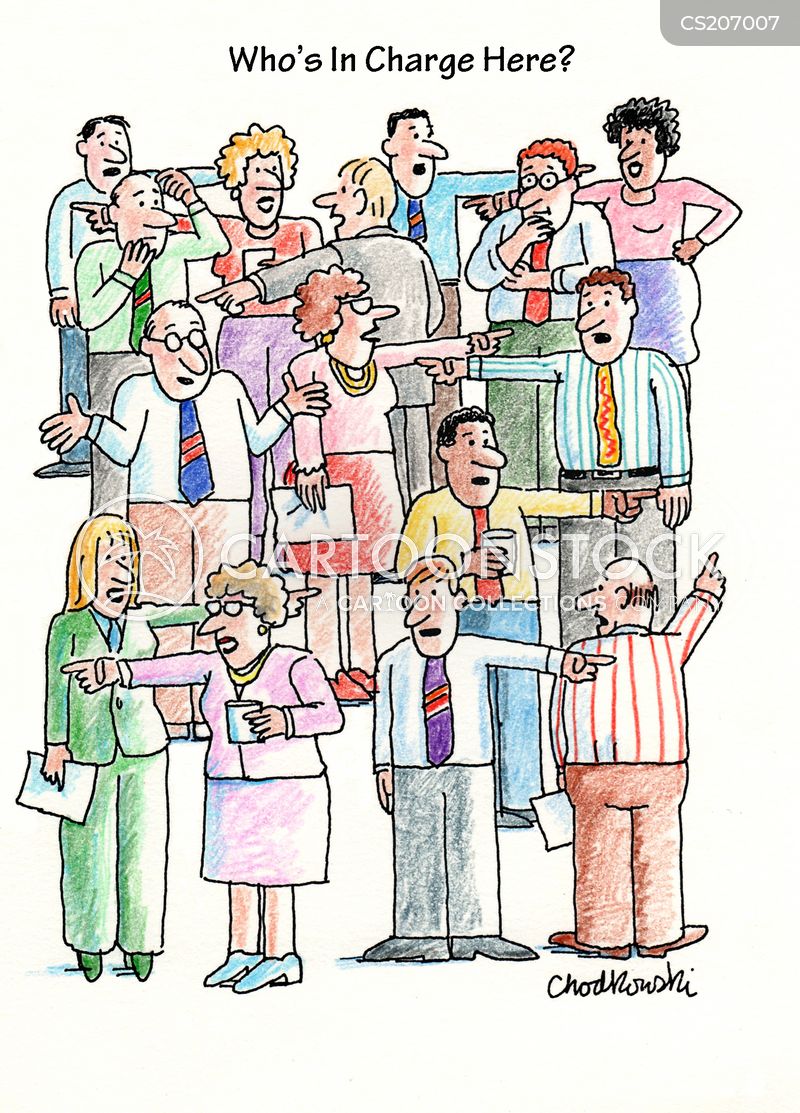
Chapter 5 dives into how rhetorical theories shape communication, showing how it helps us make sense of communication through various theories and concepts. The text shows how these paradigms help better communication skills and a deeper understanding of societal norms, promoting personal growth and progress.
The cartoon i chose with two guys sitting on an iceberg with the caption “I think I prefer the desert island cliche” ties well into the chapters exploration of rhetorical theories, particularly with the theme of creating messages. In context of rhetorical theories, the cartoon shows how natural the dependence on familiar ideas and cliches in communication and media. Most people have preconceived ideas based on stereotypes and to create effective and creative communication, you have to think outside of the box. As someone of Ukrainian/Russian descent, I’ve encountered stereotypes where people joke about Russians being perceived as always angry or really fond of alcohol. The cartoon highlights how easily people rely on these familiar tropes in communication. As well as reminding me of the importance of avoiding such cliches, whether in personal interactions or professional.










